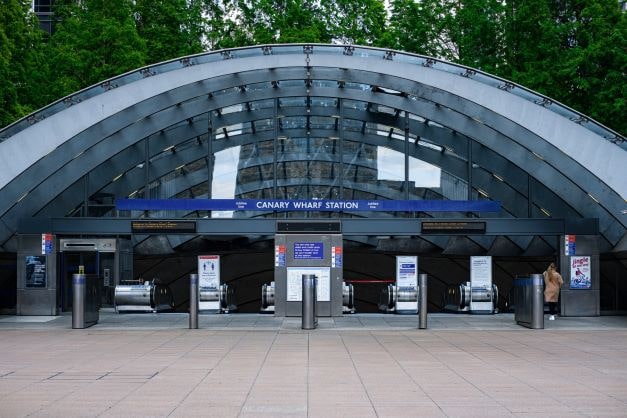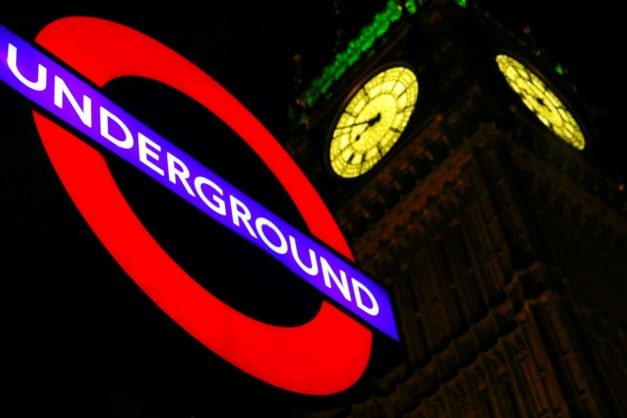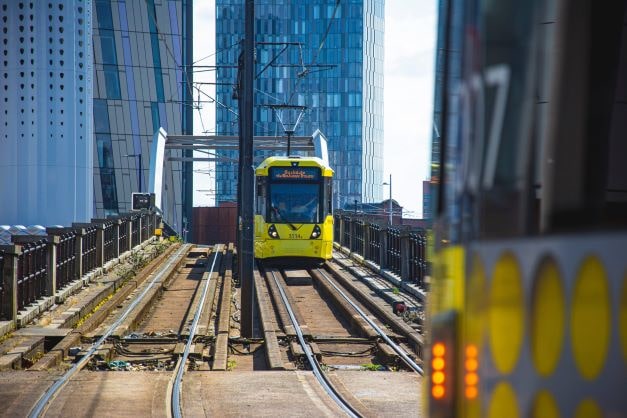Where there is transport, there is lost property. It’s one of those things you can’t get around, and frankly, it can be a pain. For the record, we’re big fans of public transport at NotLost. We would even go so far as to say that our nation’s interconnected web of trains, buses, and coaches is nothing short of a miracle.
But, as we said, many transport operators have a lost property shaped problem. This stems both from the challenges that managing forgotten items can pose, and the terrifying rate at which passengers leave something behind on the bus, at a tram stop or train station.
So, in response to this epidemic, we’ve put together an in-depth guide. Throughout, we will outline just how many people leave lost property on public transport, why it’s an issue, and most importantly, how you can resolve it.

The scale of public transport’s lost property problem
Research from Direct Line earlier this year highlighted the scale of public transport’s lost property problems. According to the study, £2.2bn worth of possessions were left behind in 2021. Yes, you heard that right.
It’s a figure that almost defies belief, and, after a little bit of digging, we can reveal that it’s roughly equivalent to the GDP of Andorra. This isn’t meant as an insult to the tiny European nation, but rather as a wake-up call to the UK.
In total, this breaks down to 12,8 million items. Not great at maths? That’s a collection of 1,500 phones, keys, debit cards, oyster cards and headphones lost every single hour on transport networks around the UK. Even worse is the average value of each item, which sits at an eye-watering £288.
Other findings from Direct Line’s research
The data also revealed some interesting trends. Bags were the most commonly forgotten, making up 20% of everything handed in. They were closely followed by headphones and sunglasses at 19%.
Unfortunately for the younger generation, 18-34-year-olds were the biggest losers, contributing to more than two-thirds of abandoned possessions. Commuting was unsurprisingly found to be the worst time, with 36% of people losing possessions travelling to and from work.
A large gender gap was also revealed, with men being twice as likely to leave something behind.
So, for the young man en route to work, keep hold of your bag.

TfL’s Lost property transparency data
The largest transport network in the UK by some measure, TfL, handles an industrial amount of lost property across London. Between April 2020 and March 2021, 114,858 items were handed in. This was comprised of 15,615 phones, 17,945 bags, and 11,120 articles of clothing.
Unsurprisingly, this figure is much higher pre-pandemic, with 2019-2020 and 2018-2019 seeing 333,921 and 320,048 items recovered respectively. While you might think the home working revolution has put a dent in these figures, TfL has indicated that passenger numbers and lost property rates are returning to normal.
Fortunately for London’s commuters, we’ve recently partnered with TfL to deliver a first-class lost property process across their entire network. So, if you think you might have left your scarf on one of the many London buses, you’re in luck.

The overall problem
The figures above have illustrated that people losing things on public transport is commonplace. Unfortunately, there’s more to it. From a transport operator’s perspective, returning these items without a proper system proves a further challenge.
If a passenger loses their phone during the course of a day, it’s rare they know exactly where it was. More likely, they’ll know a vague time frame like “on my way to work”. This can make finding the lost property very difficult. It could be picked up at any number of stations or have made its way to the centralised depot.
So, when the passenger gets in contact about their brand new iPhone, it can take days to locate. Staff spend valuable time on a treasure hunt that might go nowhere, while our phoneless friend sits staring into space without a news feed to keep them company.
How it should work
NotLost’s platform gives transport operators the best fighting chance to return misplaced possessions to their rightful owners. Here’s an example of how it could work:
1) A passenger loses their phone on the train.
2) The lost item is found and an image is uploaded to the Notlost platform, along with any pertinent details.
3) Our image recognition software creates a profile of the phone and a lost property ticket is logged.
4) When making an inquiry, the passenger is directed to a self-service portal, where they enter details of the phone and a missing item ticket is created.
5) Our matching software pairs up relevant tickets, which are then validated by a staff member
6) The passenger is sent a variety of return options to choose from, which includes delivery and collection

The benefits of Notlost for your transport
Passenger experience
As the WFH revolution takes hold, organisations are happy to let employees work remotely. Unsurprisingly, people have jumped at the opportunity, with many looking for hybrid solutions.
For someone that can do a job from home, commutes need to be smooth to tempt them back to the office. If, on the other hand, they struggle tooth and nail to get their phone back after the train to work, they’ll think twice about returning in a hurry.
Operational efficiency
Being able to do more with less is the cornerstone of any successful business. Naturally, transport is no different, and the ability to free up staff time is highly valuable. Here at NotLost, we reduced the resolution time for lost property enquiries for one transport operator by up to 85%.
Recoup costs
Managing lost property can be expensive. The amount of staff time wasted, combined with storing, logging, and posting items all adds up. Our process gives the option for you to add a small fee for the returns for any items. Just enough to cover the costs you incur and ensure that it doesn’t leave you in the red.
Stay in line with regulation
When it comes to lost property, transport is one of the few industries where organisations are required to hold items for three months. While this doesn’t apply to everything (including perishable items), it does require a certain level of care.
To prevent you from running out of space / being tempted to chuck things prematurely, you need an efficient process with high return rates.
End-of-life
Despite your best efforts, you can’t return everything. So, when the three months are up and you’ve got to get rid of stuff, what do you do? You could chuck it in a landfill, but that’s hardly going to enhance your sustainability credentials.
Our end-of-life partners ensure that these forgotten possessions can either be given to charity, recycled or if need be, securely destroyed.
Find out more
If you’re interested in finding out how NotLost can help your organisation, visit our website, or drop us an email at .
